The thought-up solution was to make several battery-packs of 5s1p with each battery-pack having its own BMS
This is entirely normal. Batteries fail, and the more batteries you have in a pack, the more the probability of failure gangs up on you. In large systems, it's completely common to have each "string" of batteries managed separately, so that if one dies, it can be cut loose and you run off the rest of them.
and then connecting a number of battery-packs in parallel to supply the drone and boat
This is where you have problems. Battery management systems are electronics giving you an output, and hardwiring outputs of electronics together is rarely a good idea. Ohm's Law says that if one output is a slightly higher voltage than the other, you get a current flow from one to the other - so not only are you not "sharing" current draw, you're actually making it worse. And if the output impedance is low (which it is for power devices), it doesn't take much voltage difference before you get big currents happening. Electronics tends to object to this, often with smoke signals.
There's a solution, of course. What you need is a power management system which takes all the various power sources and manages them to ensure it draws a balanced current from them all. This is perfectly achievable - it's how off-grid power management systems work, pushing charge into storage batteries from multiple different sources (wind turbines, solar panels, etc.). It's a lot more complicated than just wiring things up in parallel though!
The reason for not just creating a bigger pack is simply restrictions on Wh on aeroplanes. Are there any problems with this solution?
Yes, because airlines aren't completely stupid. The problem with batteries is that if they fail, there's a reasonable amount of lithium to light off, and it doesn't like being put out. That's why there are rules in place. According to the FAA there were 26 battery fires on planes in 2021, and early this year there was one which destroyed an entire plane, luckily before it left the ground. If you rock up with a lot of smaller batteries in one bag, it doesn't make it less dangerous transporting them, and standing on the letter of the law for the size of an individual battery pack isn't likely to make them say "oh yes, let's put all this on our plane anyway".
If you need larger battery packs, buy them when you get to your destination. Or use a shipping company to deliver them, where the shipping company can advise on how to send them in the same way as they'd ship other hazardous materials like explosives. Please don't put them on a plane with a couple of hundred other people.
